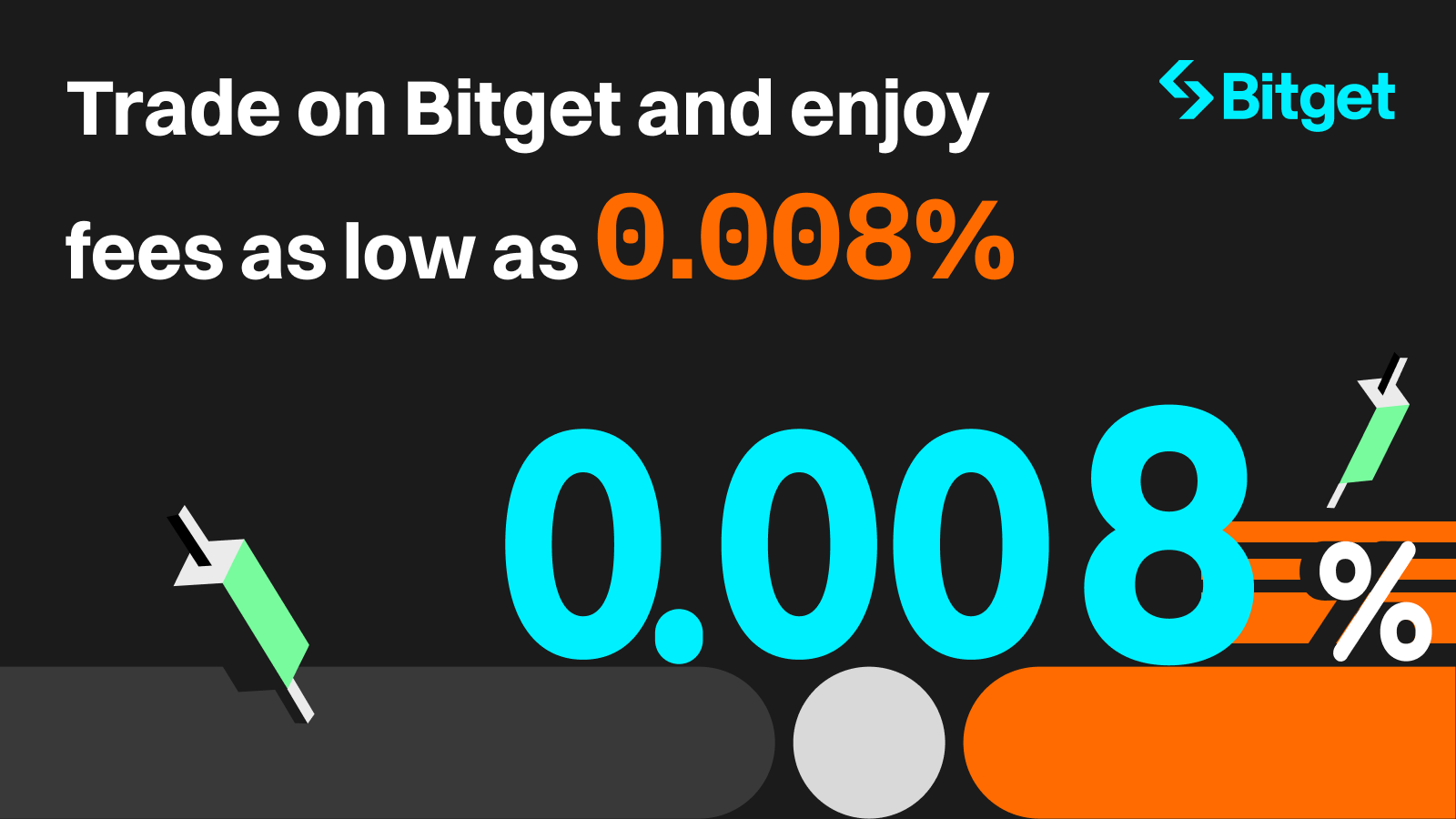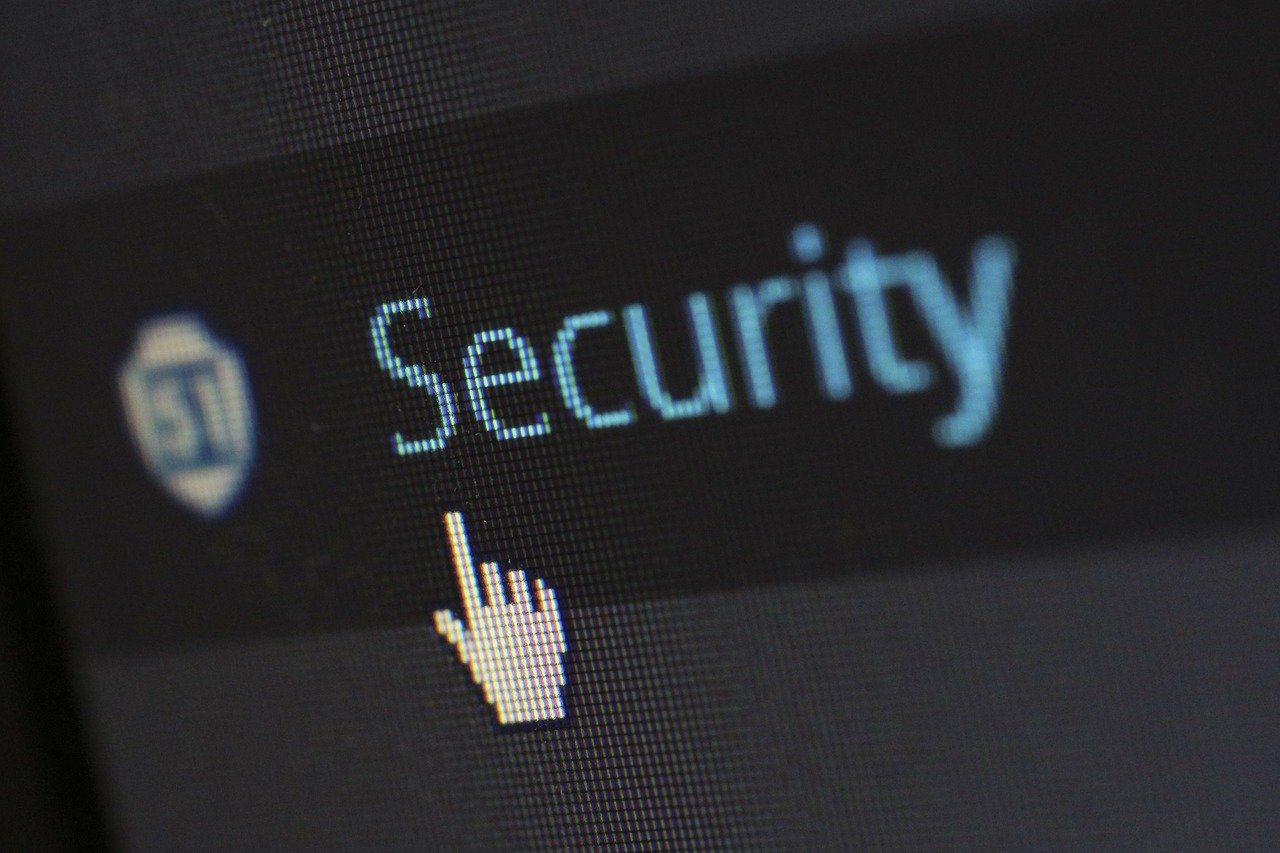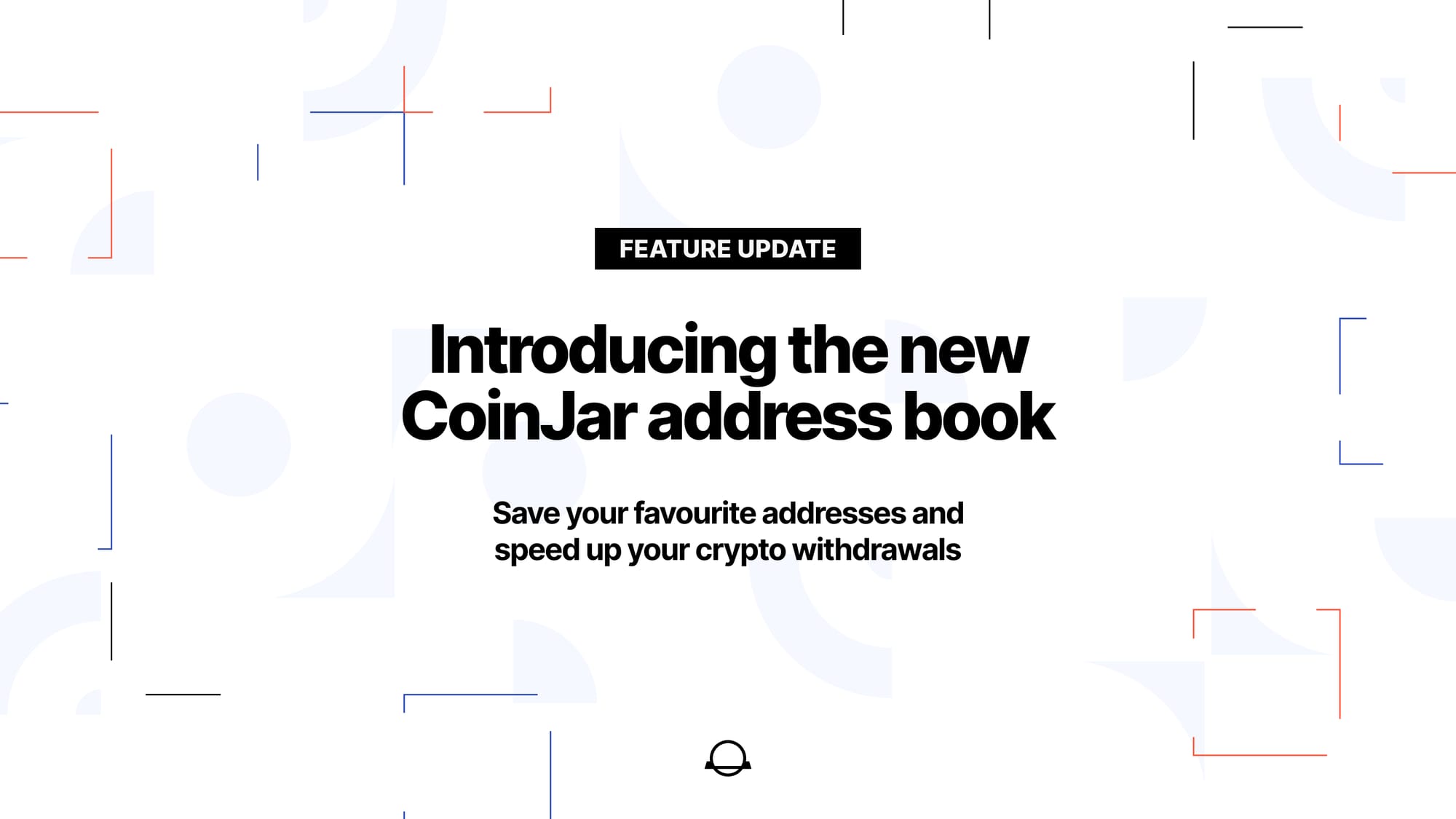
The emergence of Web3, or Web 3.0, marks a transformative era in the digital landscape. This new phase of the internet intertwines decentralization, blockchain technology, and token-based economies, heralding a shift towards a more autonomous and user-centric online world. This comprehensive guide delves into the intricate aspects of Web3 security, offering in-depth insights for safely navigating this decentralized frontier.
What is Web3? Understanding Web3
Web3 symbolizes the internet’s evolution, championing enhanced security, transparency, and decentralization. Grasping the nuances of Web3 security is imperative, particularly as this technology is in its nascent stages, accompanied by inherent security challenges.
Web3, or Web 3.0, is a new idea for the internet that focuses on giving users more control. It uses blockchain (the technology behind cryptocurrencies like Bitcoin) and special digital tokens to make the internet less controlled by big companies and more by the people who use it. This way, people can own and control their data and even earn from it.
Web3 is a new idea for the internet that’s getting a lot of attention from people who like cryptocurrencies, big tech companies, and investors. It’s all about creating an internet that runs on blockchain, which is the same technology behind cryptocurrencies, making it decentralized and not controlled by just a few big companies. But what Web3 really means can vary, and it’s not very clear to everyone. There are also worries about how it might affect the environment, involve risky financial bets, and the possible problems that come with using blockchain technology.

What are the Web3 Security Risks?
Web3, the latest version of the internet, brings with it new kinds of security issues. Here are some key risks and examples to explain them:
1. **Unprotected API Queries**: Imagine sending a letter without an envelope; similarly, if API queries in Web3 aren’t encrypted or checked properly, it’s like leaving data open for anyone to see, leading to leaks or attacks on databases.
2. **Smart Contracts Hacking**: Smart contracts are like automated agreements on the blockchain. If they have flaws, hackers can break in, causing people to lose money or digital items.
3. **Privacy Issues with Decentralized Data**: In Web3, data isn’t stored in one place but spread out, which might make it hard to keep personal information private.
4. **Tricks and Scams (Social Engineering)**: Just like con artists in the real world, some attackers in Web3 trick people into giving away important information or doing things that put their security at risk.
5. **Losing Private Keys**: In Web3, a private key is like a super-secure password that accesses your digital valuables. If you lose it, it’s like losing the key to a treasure chest – others might get in, or you might never get back in.
6. **Weak Points in Frontend and API**: The user-facing part of Web3 apps and their APIs can be attacked in various ways, like hijacking the system that connects website names to IP addresses (DNS hijacking), inserting harmful code, phishing (tricking someone into giving information), or unauthorized access. This is like leaving the doors and windows of a house unlocked, making it easy for burglars to enter.
To handle these risks, it’s important to really understand how Web3 works and to follow the best security practices. This includes making sure API queries are safe and secure, regularly checking smart contracts for weaknesses, and teaching users to keep their private keys safe. Staying up-to-date on security threats and using tools like hardware wallets (physical devices to store digital assets), two-factor authentication, and anti-phishing strategies can also help keep Web3 safe and secure. By tackling these security issues and taking the right steps to protect against them, everyone can help make Web3 a safer place.
Bitget’s Black Friday Special: Major Discounts on Bitcoin
How to Implement Web3 Security Measures?
- Hardware Wallets: These are akin to digital safes, providing secure storage for private keys and digital assets.
- Multisignature Wallets: These wallets, requiring multiple approvals for transactions, enhance security, much like a bank vault requiring several keys to open.
- Key Management Services: These services offer robust key storage and management, similar to a high-security custodial service for valuable assets.
- Code Analysis Tools: Tools for auditing smart contracts and dApps help identify and rectify vulnerabilities, much like a building inspection to ensure structural integrity.
- Two-Factor Authentication: This adds an extra layer of security, similar to having a two-step verification process for accessing a secure facility.
- Anti-Phishing Tools: These tools help prevent and detect phishing attempts, acting as vigilant digital guards against deception.
- Decentralized Exchanges: These platforms facilitate peer-to-peer asset trading with enhanced security features, akin to a secure, regulated marketplace.
- Safe Browsing Practices: Adhering to secure web browsing habits can mitigate common web-based threats, much like practicing good hygiene to prevent illness.
Keeping Web3 safe is really important to guard users against things like losing their secret keys, falling for phishing tricks, scams, and being hacked. Here are some simple tips on how to make Web3 more secure:
- Build with Security in Mind: When creating Web3 technology, think about security from the start. This means making systems that are hard to attack, don’t trust anyone by default, and give only limited access where necessary. For example, developers can write safer code, keep an eye out for any odd activities, and put in place strong security measures.
- Plan for Security Risks: Companies should think about and deal with potential security problems both before and during the development of Web3 projects. This includes looking out for technical issues, operational challenges, and legal concerns early on.
- Regular Security Checks: Developers need to thoroughly check for security issues often, especially before launching products that handle users’ money.
- Include Web3 in Overall Security Plans: Tackle common dangers like phishing by focusing on both the technology’s structure and how users interact with it. For example, encourage users to add software to their browsers that spot harmful links, use two-factor authentication, and provide security tips for developers.
- Stay Updated: Always keep up with the latest information on security risks and the best ways to stay safe in the Web3 world. Developers can find useful updates on platforms like Discord, Reddit, and Twitter.
By following these guidelines, those who develop Web3 can lower the risks and help keep users safe from various threats.
What are the Web3 Security Components?
- Smart Contracts: These are the gears of Web3, automating and enforcing agreements. However, their security loopholes can have far-reaching implications, necessitating rigorous testing and auditing.
- Decentralized Applications (dApps): These applications are the face of Web3, offering diverse functionalities. Securing dApps is crucial for a resilient Web3 ecosystem, requiring continuous monitoring and updating.
- Blockchain Technology: This foundational layer of Web3 demands a thorough understanding of its security aspects. Safeguarding blockchain infrastructure is vital for the overall health of the Web3 ecosystem.

What are the Web3 Security Best Practices?
- Decentralized Identification: Implementing secure, decentralized identity solutions enhances user authentication, akin to having a tamper-proof digital ID.
- Robust Key Management: Effective key management is crucial for safeguarding digital assets and sensitive information, much like managing access codes to a secure facility.
- Privacy-Enhancing Solutions: Employing tools and techniques to boost privacy and data protection is essential in the Web3 realm, akin to using advanced encryption for sensitive communications.
- Regular Auditing of Smart Contracts: Continuous security assessments of smart contracts help in preemptively identifying and addressing vulnerabilities.
- Staying Informed on Security Threats: Keeping abreast of the evolving security landscape in Web3 is akin to staying updated with the latest security protocols in a rapidly changing environment.
- Promoting Security Awareness: Educating users and stakeholders about Web3 security best practices and potential risks is crucial for a fortified digital ecosystem.
Conclusion
In summary, Web3 security is a pivotal aspect of the decentralized web. Stakeholders, including users, developers, and organizations, must understand the associated risks and adopt best practices to foster a secure and resilient Web3 ecosystem. As Web3 evolves, prioritizing security will be crucial in unlocking its full potential. Stakeholders must balance the risks and benefits, striving to create a secure, trustworthy digital environment. By adhering to best practices and staying vigilant against emerging threats, we can collectively safeguard the Web3 landscape and ensure a secure, decentralized future. This guide serves as a comprehensive resource on Web3 security, addressing the challenges and best practices in navigating this revolutionary digital frontier.
How to Buy Bitcoin?
For those looking to buy Bitcoin, Bitget is an excellent platform to consider. Known for its low transaction fees and user-friendly interface, Bitget facilitates an easy and efficient process for buying and selling BTC. Given the current positive trend in Bitcoin price and the optimistic outlook of the cryptocurrency market, now might be a strategic time to consider adding BTC to your investment portfolio.
Recommended posts
You might also like
More from Blockchain For Dummies

How to Copy Trade on eToro and Profit Big: A Comprehensive Guide
Posted On October 28, 2023
0
eToro is a social trading and multi-asset brokerage company that focuses on providing financial and copy trading services.

How to Keep Crypto Safe
Posted On October 20, 2023
0
Ensuring the safety of your cryptos is paramount. We will guide you through the steps to secure your digital wealth …

The Triangle Trade: Unlocking Profits through Cryptocurrency Arbitrage
Posted On August 12, 2023
0
How you can harness its power in the cryptocurrency market. Let’s take a look at this Cryptocurrency arbitrage




